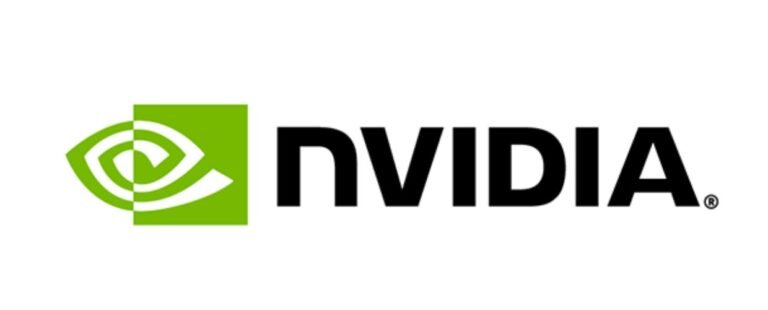Nvidia Corporation, founded in 1993 by Jensen Huang, Chris Malachowsky, and Chris Young, is a global technology giant renowned for its cutting-edge graphics processing units (GPUs) and artificial intelligence solutions. Headquartered in Santa Clara, California, Nvidia has played a pivotal role in revolutionizing the gaming and computing industries. Its GPUs are coveted by gamers and professionals, offering exceptional performance and visual experiences.
Beyond gaming, Nvidia’s GPUs are instrumental in various industries, from healthcare and autonomous vehicles to scientific research and deep learning. The company’s CUDA parallel computing platform and deep learning technologies have accelerated the growth of AI and machine learning applications, making it a dominant force in the AI ecosystem. In recent years, Nvidia has made headlines with its ambitious acquisitions, including the purchase of ARM Holdings, signaling its commitment to shaping the future of computing. As a trailblazer in innovative technology, Nvidia continues to push boundaries, fostering advancements that impact nearly every facet of our digital lives.
| Founded | April 5, 1993 in Sunnyvale, California, United, States |
| Founders | Jensen Huang Curtis Priem Chris Malachowsky |
| Headquarters | Santa Clara, California, United States |
| Type | Public [Traded as – Nasdaq: NVDA] |
| Industry | Computer hardware, Computer software, Cloud computing, Semiconductors, Artificial intelligence, GPUs, Graphics cards, Consumer electronics, Video games |
| Products | Graphics processing units, Central processing units, Chipsets, Drivers, Collaborative software, Tablet computers, TV accessories, GPU-chips for laptops, Data processing units |
| Subsidiaries | Nvidia Advanced Rendering Center Mellanox Technologies Cumulus Networks |
| Website | nvidia.com |
Founding and Early Years
Nvidia’s journey began with a focus on graphics processing units (GPUs) specifically designed for gaming. In 1999, the company introduced the GeForce 256, a revolutionary GPU that featured hardware transform and lighting capabilities, setting a new standard for graphics in the gaming industry. It marked the beginning of Nvidia’s ascent to prominence.
Nvidia continued to innovate in the GPU space, releasing a series of increasingly powerful graphics cards, including the GeForce 3 and the GeForce 4, which introduced programmable shaders and advanced graphics capabilities. These innovations cemented Nvidia’s position as a leader in the gaming hardware industry and positioned it for further expansion.
AI and Deep Learning Revolution
In the 21st century, Nvidia extended its focus beyond gaming into artificial intelligence (AI) and deep learning. The company’s CUDA parallel computing platform, introduced in 2007, allowed developers to harness the power of Nvidia GPUs for general-purpose computing. I marked a crucial turning point in the company’s history, as Nvidia’s GPUs became instrumental in accelerating AI and machine learning applications across various industries.
Nvidia’s commitment to innovation led to strategic acquisitions, including the purchase of Mellanox Technologies, a leader in high-performance computing, and the ambitious acquisition of ARM Holdings, a company renowned for its semiconductor design expertise. These acquisitions signaled Nvidia’s determination to shape the future of computing and AI across a wide range of devices, from data centers to edge devices.
Continued Excellence and Innovation
Nvidia Corporation’s legacy is one of constant evolution and innovation. The company’s dedication to research and development has resulted in groundbreaking GPU architectures, powerful AI solutions, and a growing influence on various industries, from healthcare and finance to autonomous vehicles and scientific research.
Today, Nvidia remains at the forefront of technological progress, shaping the future of computing and AI while solidifying its position as a technological trailblazer. With an unwavering commitment to excellence and an eye for cutting-edge innovation, Nvidia is poised to continue leading the way in an ever-evolving tech landscape.







